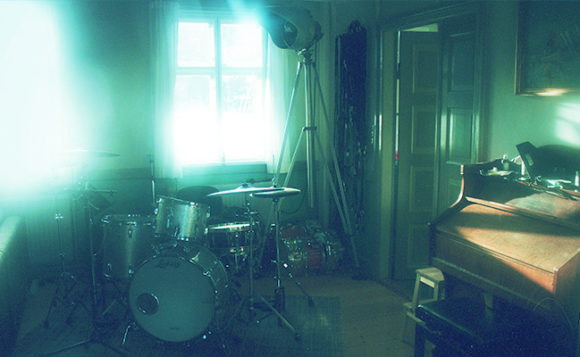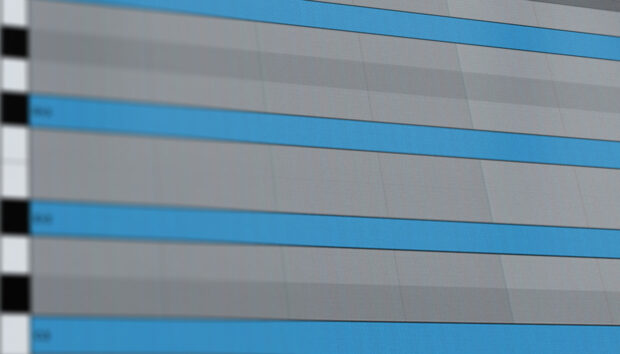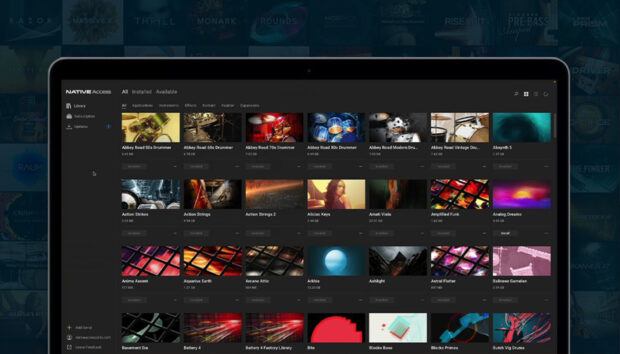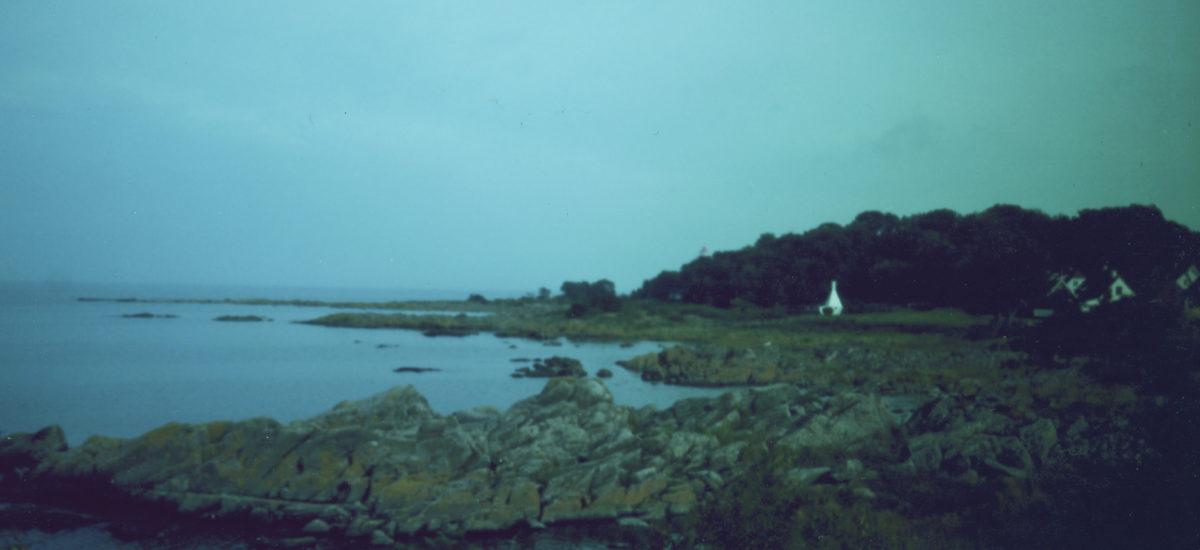
The latest Native Instruments Expansion, POLAR FLARE, captures an otherworldly, organic sound that blends the realms of electronic and acoustic. Sound designer Joel Krozer from Six Bit Deep tells us how the remote island of Bornholm, Denmark – where the Expansion was recorded – influenced the sound and feel of the pack, and shares his advice for capturing exceptional field recordings.
Cross the Baltic Sea from the east coast of Denmark and you’ll find yourself on the remote island of Bornholm. Sparse, dramatic, and home to less than 30,000 inhabitants – its desolate feel made it the perfect recording location for POLAR FLARE.
“It’s a small, rocky place with beautiful fields all the way up to the shore,” Joel describes the island. “In the summer it’s very colorful, but in winter – when we were there – it’s very grey, foggy, and misty, which makes it a very atmospheric place.”
“Bornholm has this feeling of seclusion,” he adds, “you can really get away from it all there – in the same way that bands in the 70s used to get away to very remote locations to record albums.”
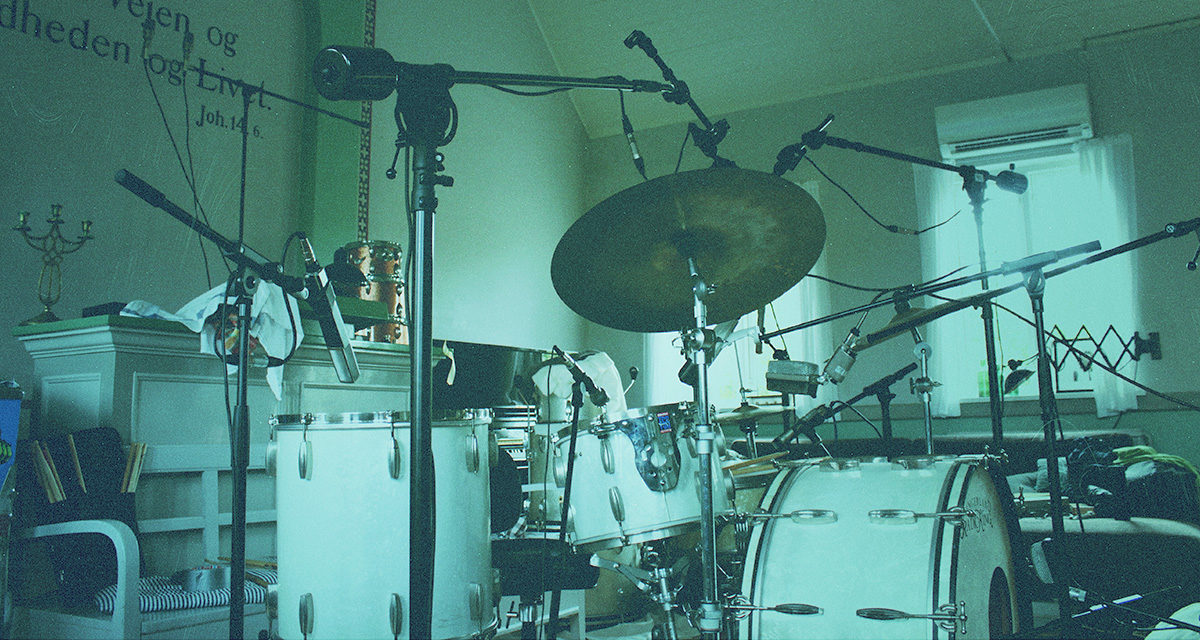
Six Bit Deep built a custom recording studio in a tiny old church by the island harbour – this became the location for recording and engineering POLAR FLARE.
“We originally went there to record drums – and the sound of the drums wasn’t influenced so much by the island, but actually by the acoustics of the church we recorded them in. The sound of the church really took us by surprise, so we started to think about how to capture the space.”
But trying to capture the precise sound of a room doesn’t come without its challenges. Joel explains, “We tried all kinds of unorthodox techniques, like placing microphones up the walls to capture more of the splash. Then we combined it with it some classic drum recording techniques to create the final sounds.”
The resulting drums recordings, along with sampled analog drum machines, and found sounds, come assembled in POLAR FLARE as over 40 kits for BATTERY and MASCHINE, and as loops and one-shots for use in any sampler or DAW.
One of the things that characterizes POLAR FLARE is its selection of natural field recordings and found sounds – from icy wind sweeps to harbour clangs and forest crackles. “Achieving these sounds wouldn’t be possible in a city-based studio,” explains Joel, “and also, the more time spent on the island, the more it started to inform the sound of the Expansion.”
“We didn’t actually start with a list of sounds that we wanted to record, but the more we were there, the more we used things that were just lying around.” Joel continues, “After what seemed like endless recordings of drum sounds, we got a little bit bored so decided to take a trip to the forest.”
“We had this idea to get some wooden snares sounds. I really love the snare sounds used by Four Tet, a lot of them have this really snappy, wood-like quality to them, and you simply can’t create that sound using a traditional snare.”
“So we went and found some sticks and logs, and were dropping things on top of each other to achieve some snap-like sounds. We also used garden tools like shovels, or whatever was lying around. It didn’t look very sexy but we got some really interesting results this way!”
Keeping with the natural theme of POLAR FLARE, the pack also comes with sweeping wind sounds for use as transitions or ambient textures.
“Capturing wind was one of the most challenging parts,” Joel tells us, “you have this idea of how wind sounds in your head, from television and movies and so on. But when you point a microphone into the wind, you just get a whole lot of distortion – all you can hear is the microphone being tortured. So we had to find a way to create the way the deep, resonant wind sound that we wanted.”
The solution was a combination of the right space, careful recording, and some creative processing in the studio.
Joel explains, “We tried to find some different spaces between rocks, also we went to street corners or little passages where wind could run through in order to capture that exciting musical quality. When we came home, these recordings still weren’t blowing us away, so to speak. We had to layer it up quite a bit to get that thick, cinematic sound. We then processed it, filtered it, and added a volume envelope before it finally sounded like an instrument.”
In addition to the real, natural sounds based on field recordings, what’s notable about the synths and drum machines in POLAR FLARE is they also have a deeply organic feel to them, despite being inherently unnatural instruments. Joel tells us how this character was achieved.
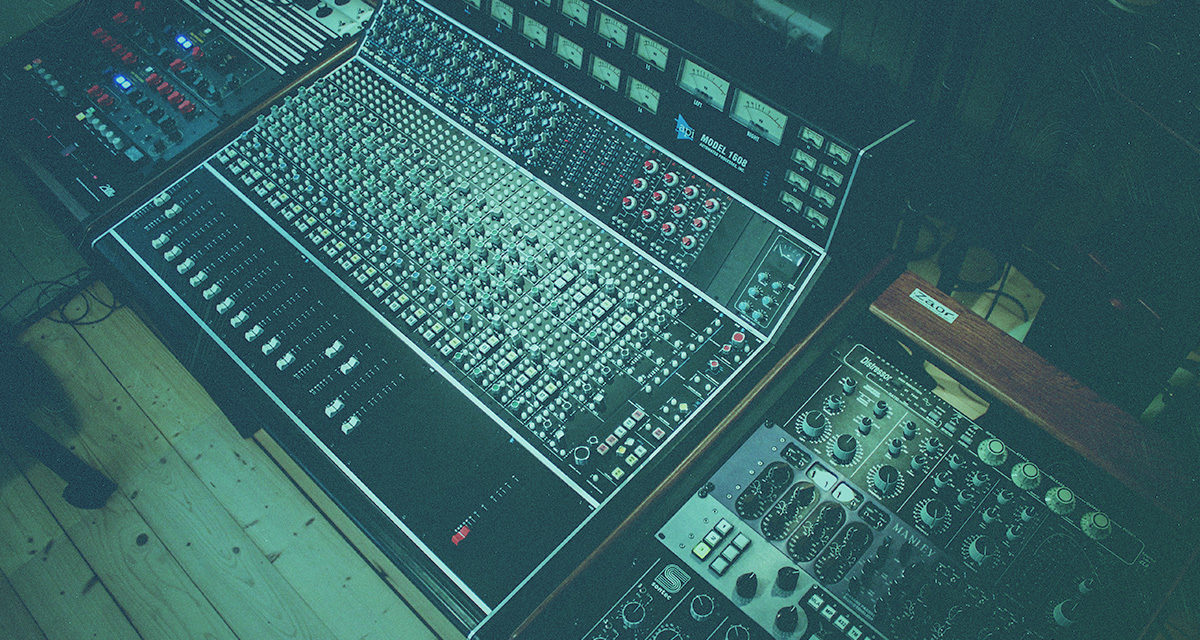
“We wanted to create synths that had a tangible quality to them – like you could almost grab them. One of the techniques we used with the synths was to add a layer of white noise to the oscillators. White noise makes things a bit colder, because when you add reverb to the sound it gets this wooshy, icy quality to it – which fits really well with cold, nordic vibe of the pack.”
“Another technique we used was to record sounds on to the tape of a tape delay machine – an old echo machine that has a tape loop inside it to create repeats. We kind of abused the machine and just used the tape without the echo part, then resampled it. The tape has this really warbly, unstable quality – these machines are as old as from the 60s. This dusty, wobbly character really adds something unique to the sounds. Synths can be very static, so this technique can add a lot of movement to the sound – getting the pitch and volume drifting a little. The result sounds a lot more organic.”
One of the best things about Expansions is that you can use any of the sounds, any way that you want. But how does Joel seeing musicians and producers using some of his favorite sounds from the pack?
“I’m really curious! Even listening to some of the demo songs that weren’t created by me, I was like woah – that was not supposed to be a bass sound! But it sounded great.” Joel continues, ‘There’s a sound called Vester Voices, it’s a keyboard patch of me, my colleague, and one of our singers stacking our voices on top of eachother – I think this would make a really good pad sound.”
“There’s a tuned percussion instrument called the kalimba included in the pack, we played it using the note repeat button on Maschine to create this stuttering texture. I hope people will be inspired to play around with it in similar ways, because it’s really easy to create something musical by experimenting like this.”
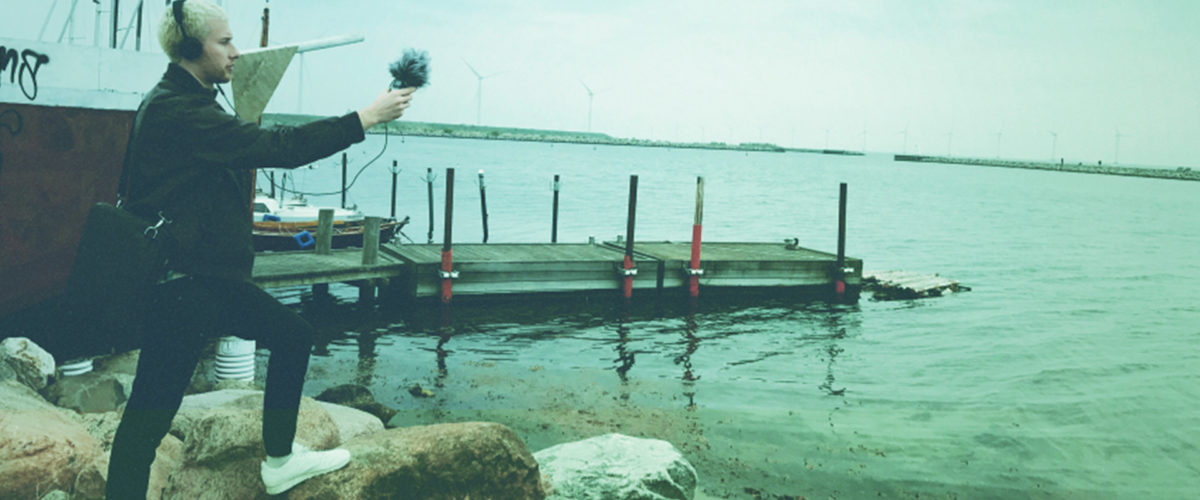
How to get the most from your field recordings
We asked Joel to share his advice for capturing sounds out in the wild. “Your approach should depend very much on the sound you want to capture, but mostly it’s about what you actually have available when you encounter a sound that interests you. More often than not, I only have my phone on me, but even with just the built-in microphone you can get very interesting, usable results – and that’s more important than perfect audio fidelity.”
“If you do have some of field recording equipment with you, like an audio recorder, you can improve your recordings with the following:”
- Monitor using closed headphones – this ensures you can hear and capture the sound you are looking for right from the start
- Use wind screens in most cases, but be aware this can result in a slight loss of high frequencies
- Record an aural description before every new sound – this helps to avoid editing nightmares
- Think about your signal to noise ratio – background noise can be your friend and can add texture, but try to find the right balance by adjusting your distance to the source of the sound
- Record at moderate levels when using any digital recorder, not peaking higher than 10dBfs in a 24-bit recording you’ll have more than enough dynamic range to boost the signal later, if you need to
- Always record ambience in stereo, either with a pair of condenser mics, or simply using the stereo microphones on your recorder – mono ambience will usually sound flat and won’t blend well with most music
- Record percussion sounds (like the snaps we recorded in the forest) using a single dynamic microphone
- If your percussion sound is too clicky you might be too close to it – this is a common problem and can’t be solved later, so back off a little bit
- Lastly, finding the right sound is usually harder than recording it well, so you should spend the most of your energy on the former
Hear demos from POLAR FLARE, and find out more about the Expansion.









